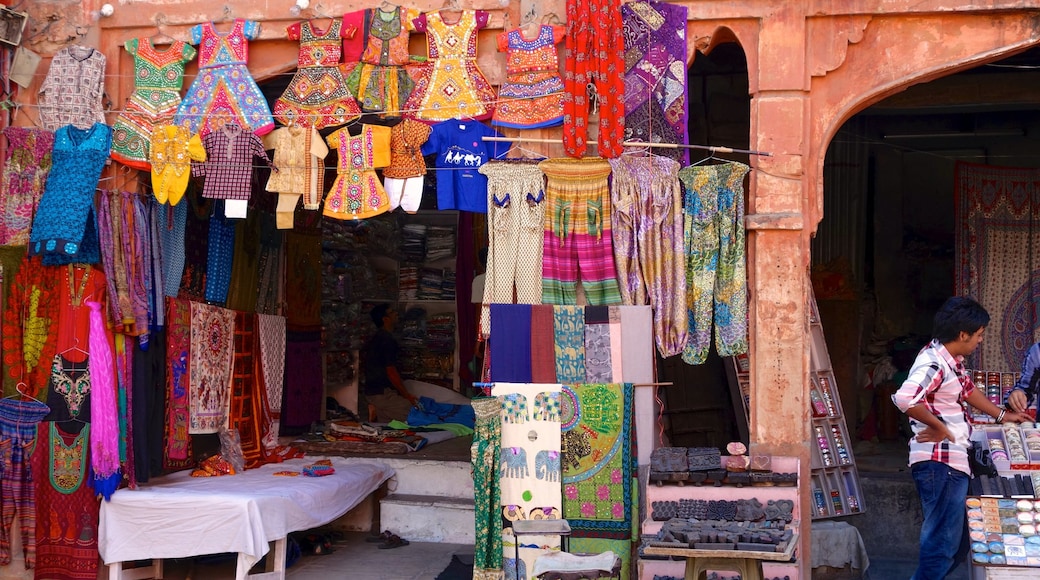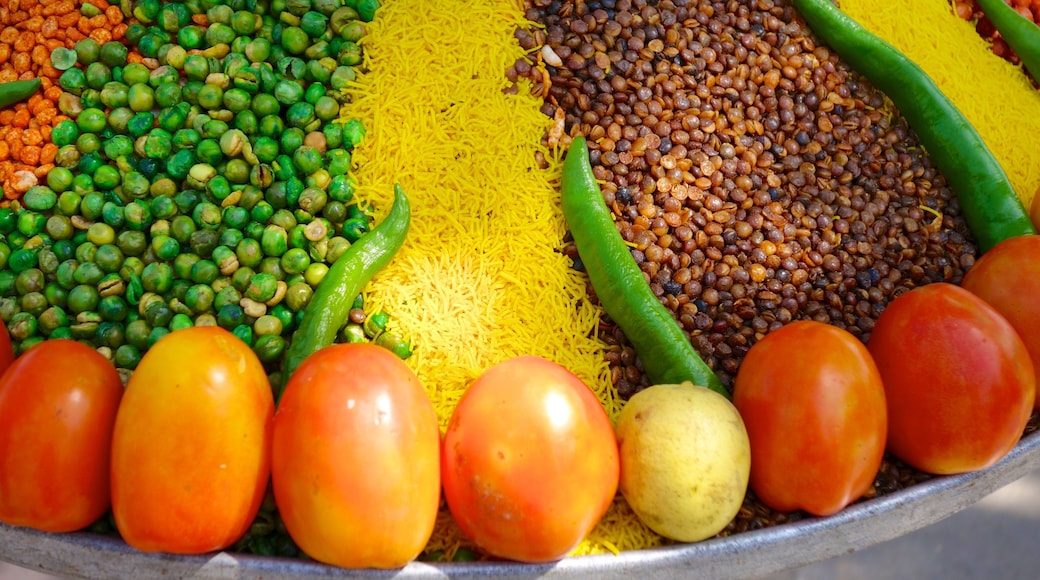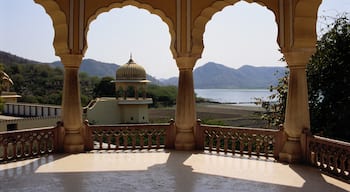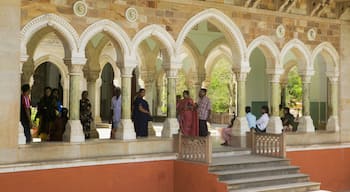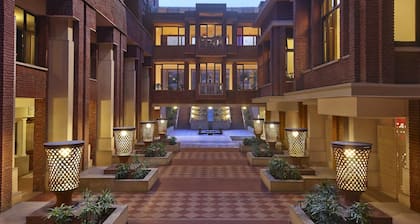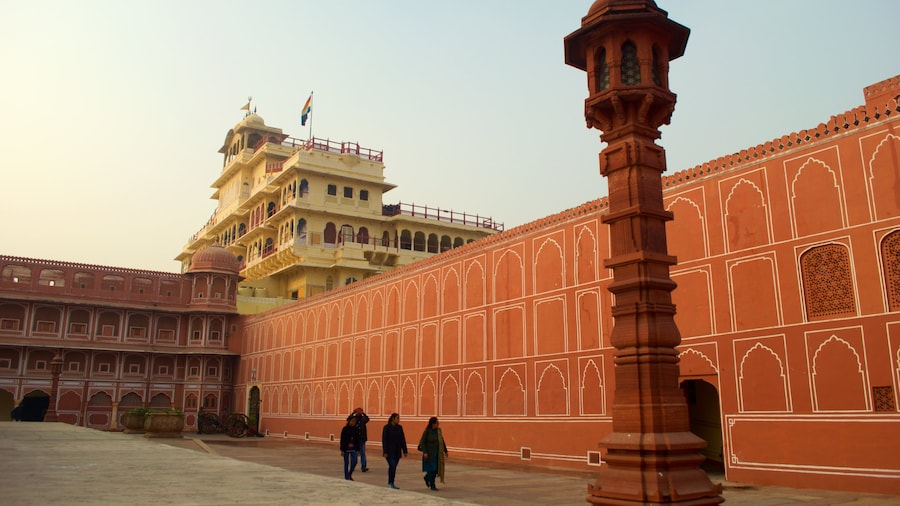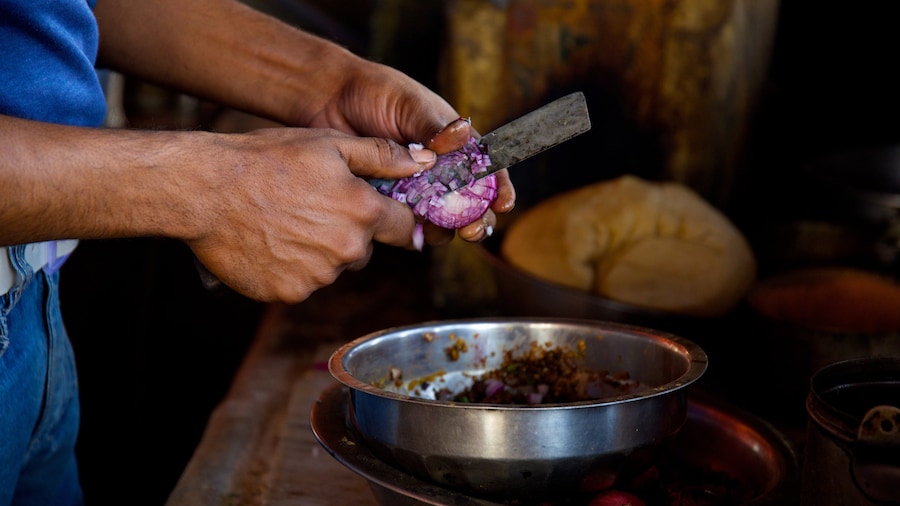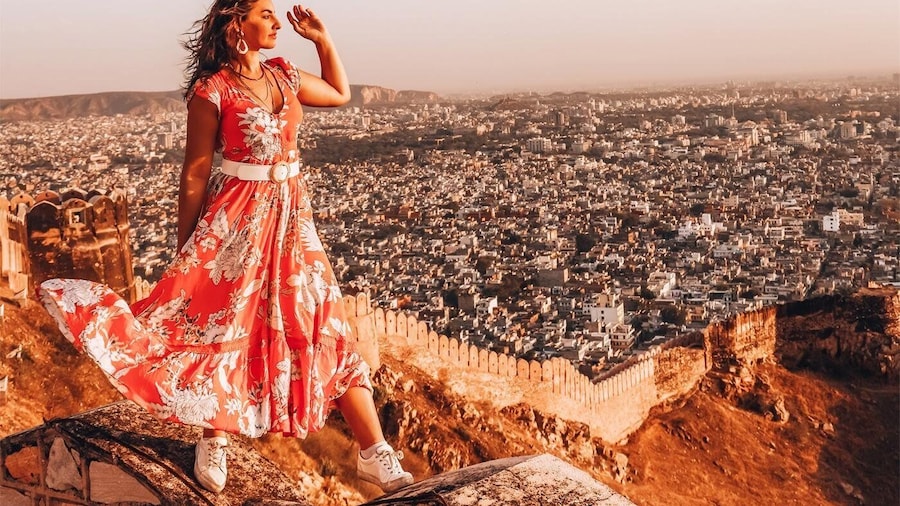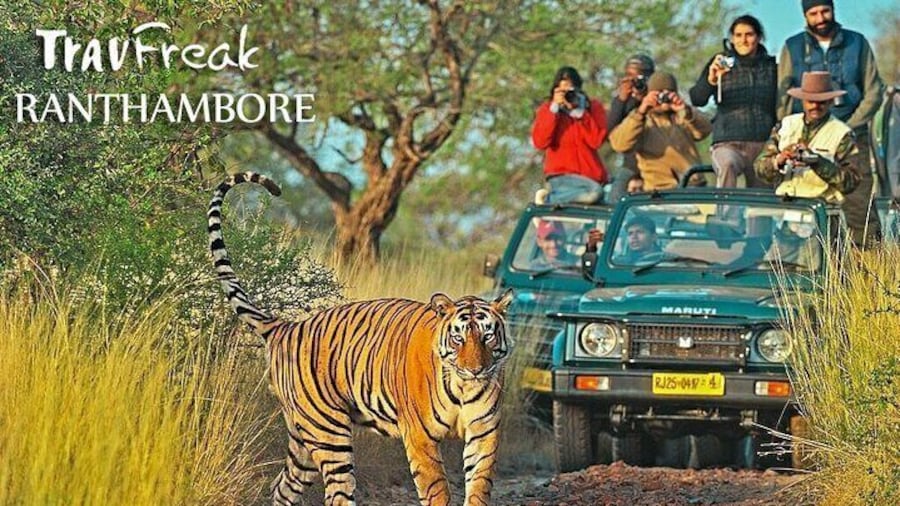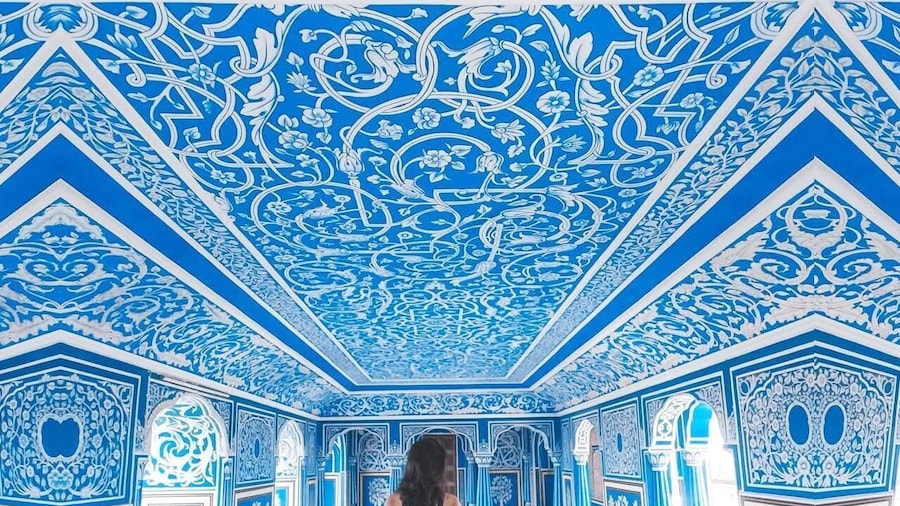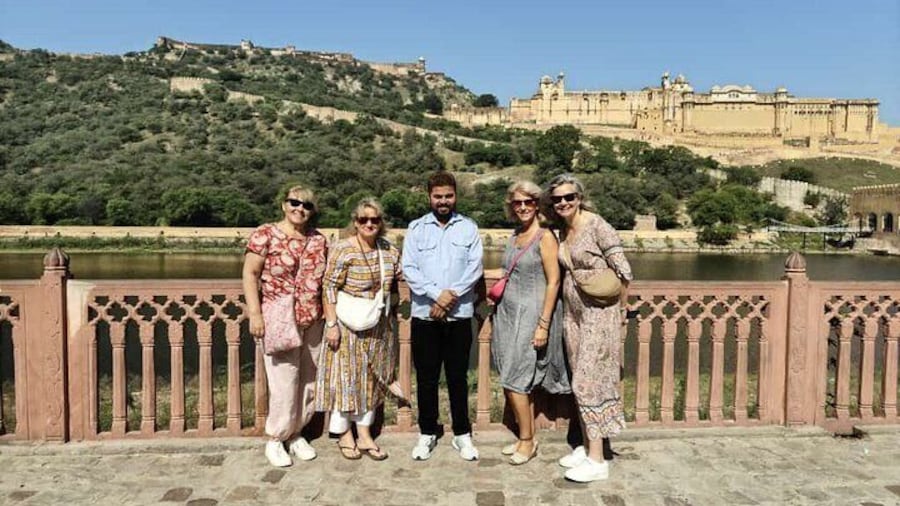Jaipur’s many salmon-colored buildings and temples have resulted in a name: the “Pink City.” Unwrap an urban landscape of vivid colors and history while visiting hilltop forts, lavish palaces, bustling bazaars and thrilling festivals.
Maharaja Sawai Jai Singh II founded the city in 1727. Its planned layout revolves around the Old City, recognizable with its fortified surrounding walls. Walk the wide streets or travel between attractions cheaply by rickshaw.
Learn about the lives of Jaipur’s elite women at Hawa Mahal, a multi-windowed palace with a pink façade. Nearby, the Jantar Mantar observatory preserves a collection of 18th-century astronomical instruments. Just a short walk west, photograph the ancient Rajasthani and Mughal architecture of the City Palace. Take a rest in the palace courtyards, surrounded by Persian gardens.
Take on the bazaars of Old City and work on your bargaining skills with a distinct Indian twist. Find handmade jewelry in Johari Bazaar or discover the affluent mansions of Jaipur’s cotton merchants. The gem carving stalls of Pahar Ganj are well worth a visit. Barter for textiles and sarongs in Bapu Bazaar, or perfumes in Kishanpole Bazaar. Lunchtime hunger can be satisfied at hundreds of curry stalls around town.
See decorative fabrics and traditional instruments at the Central Museum. Later, learn about the meanings of local folk art at the Museum of Indology.
Take an afternoon climb to the Temple of the Sun God, where pilgrims bathe in sacred pools. Watch out for cheeky monkeys while you enjoy panoramic views of the city. Admire the grandiose ambitions of ancient Indians at the Amber Fort. This 16th-century stronghold exemplifies Hindu and Mughal architecture.
Visitors in January will witness a spectacle of fluttering kites at the annual Kite Festival. Jaipur in March comes alive with the Elephant Festival, where you’ll see parades and elephant polo matches.
Jaipur is part of India’s Golden Triangle, a popular tourist circuit including Agra and New Delhi. Visit in winter to avoid the heat of summer and subsequent monsoonal rains.

